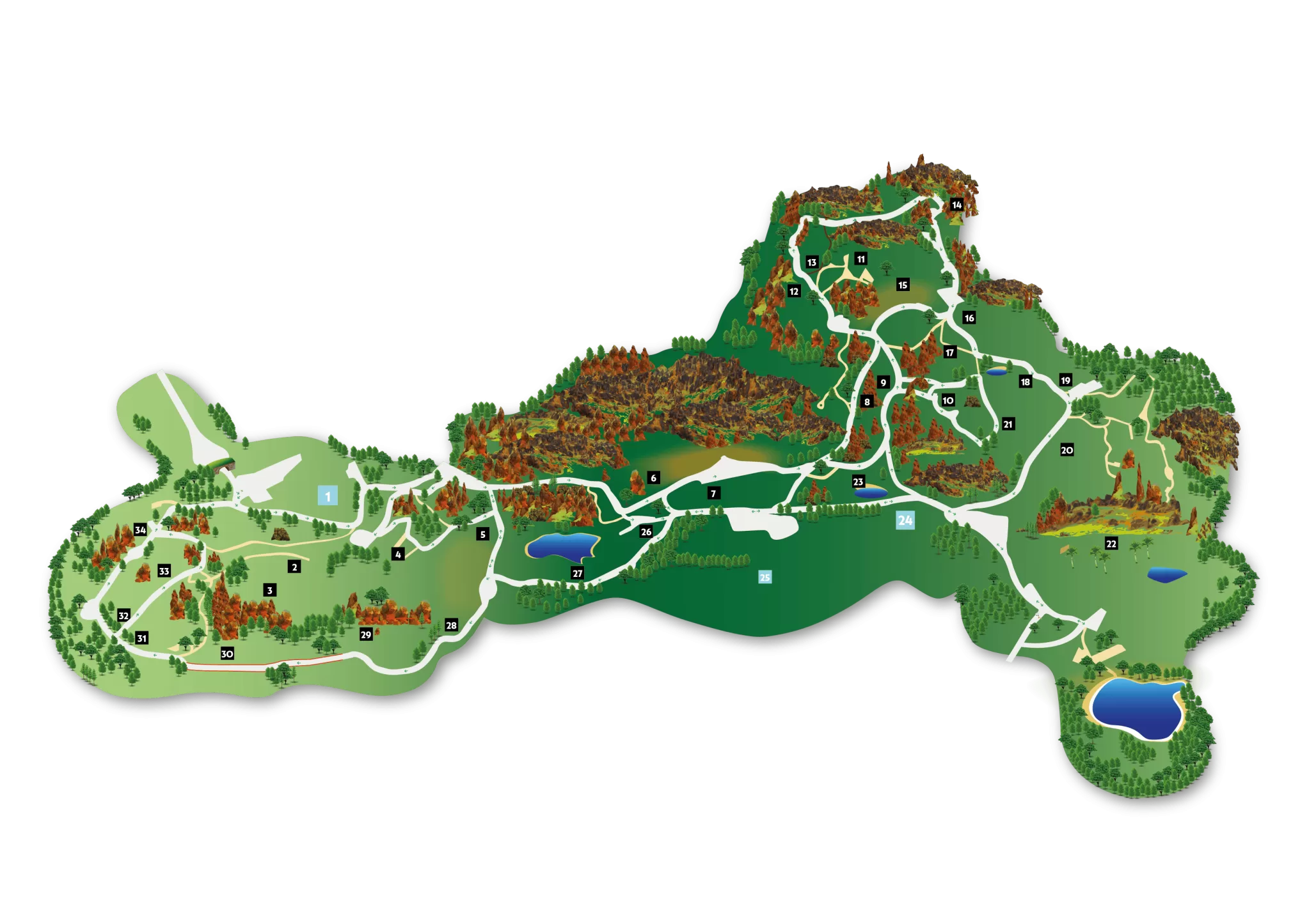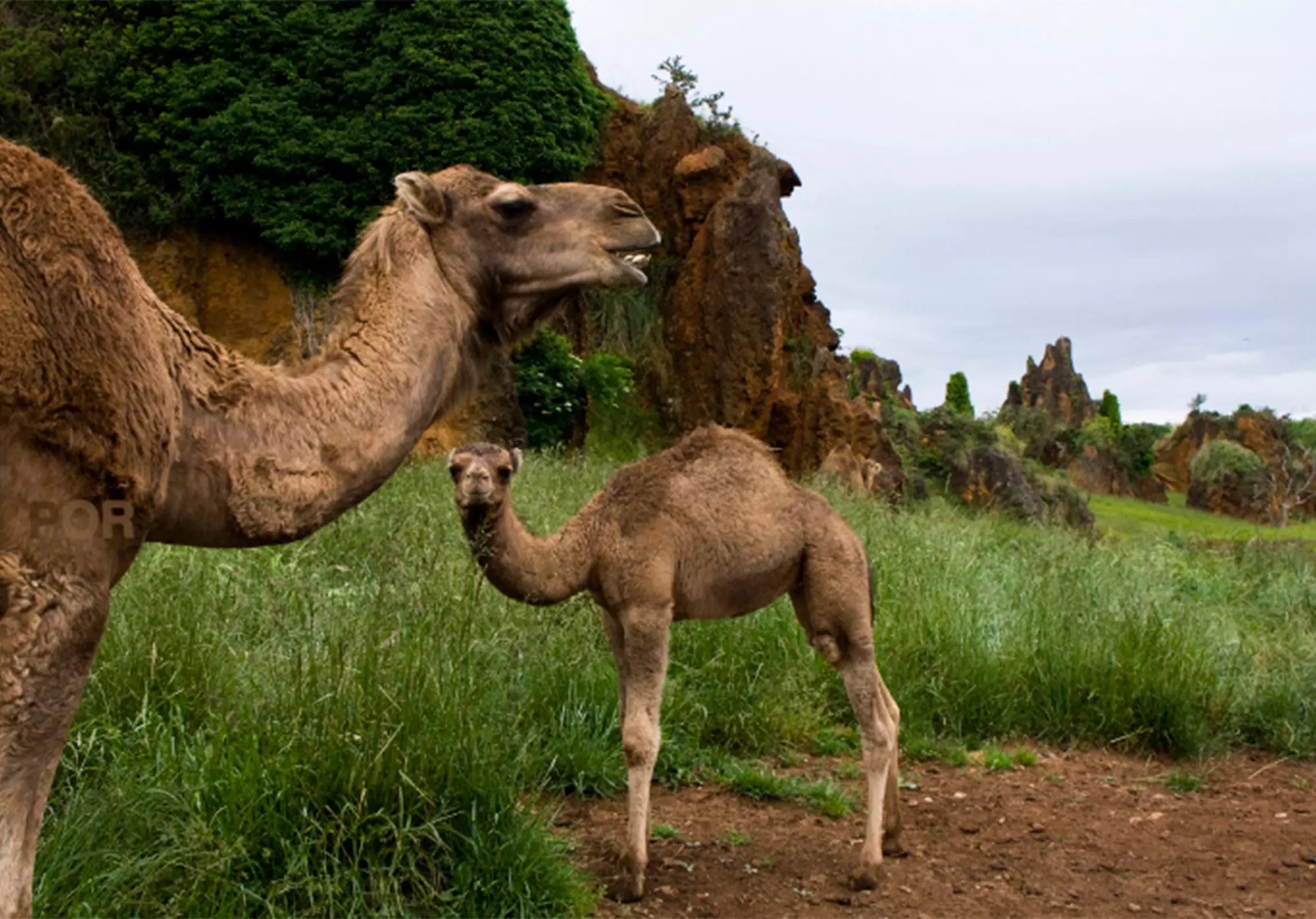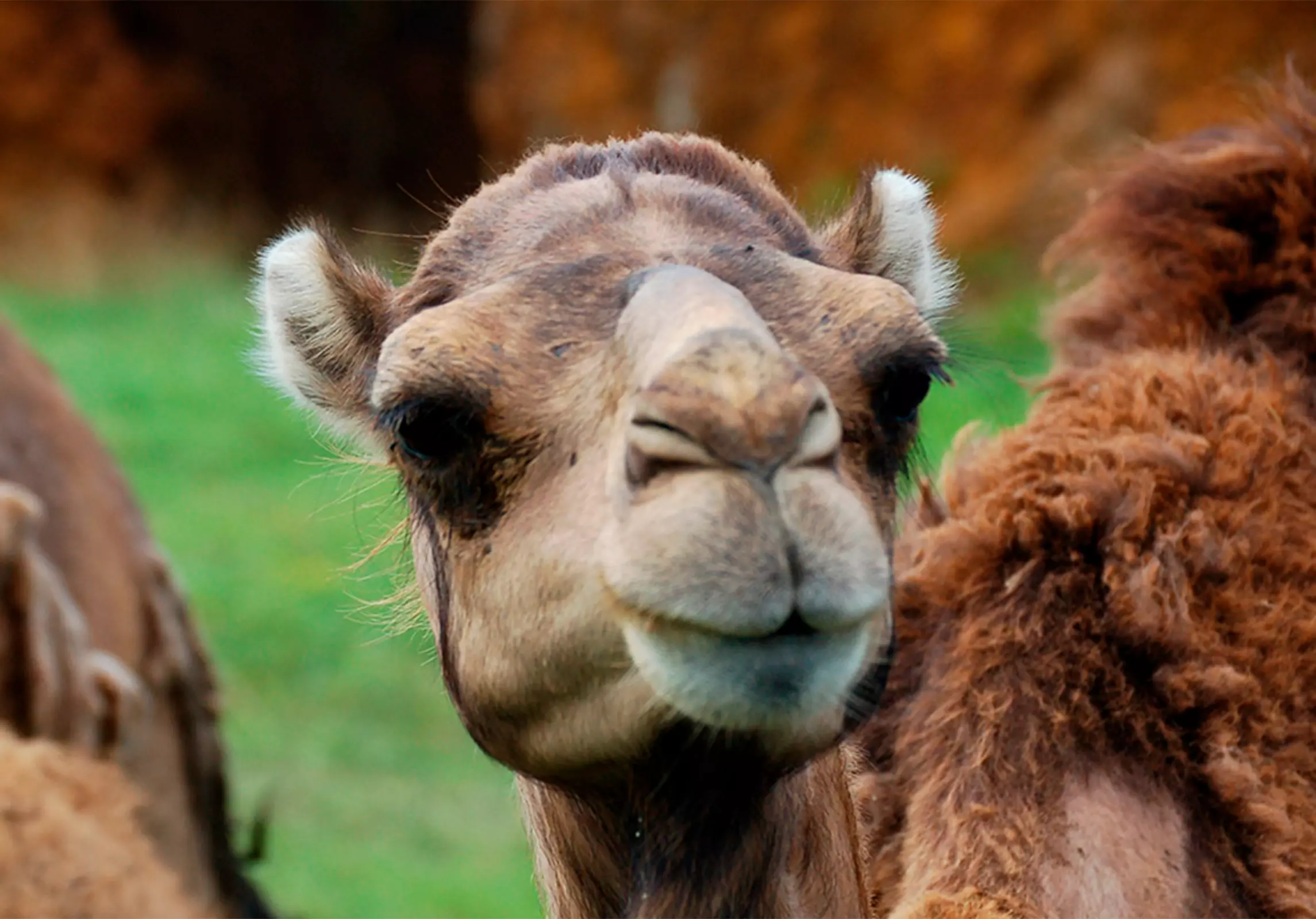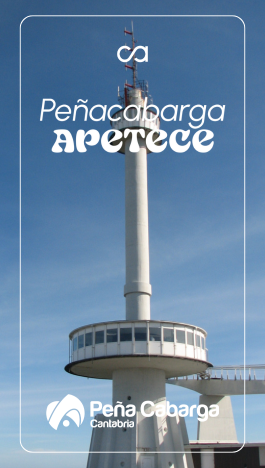
The dromedary, a species introduced to Africa in the 6th century BC, has been an indispensable ally for human survival in regions with extreme conditions. This animal, adapted to desert life, no longer exists in the wild since 3,000 years ago. Only a small population of feral dromedaries (descendants of domesticated ones) remains in Australia.
Its capacity to resist heat is astonishing: it can withstand an increase in body temperature of up to 40°C before starting to sweat, which allows it to save large quantities of water. This water efficiency also extends to its excretions, with extremely dry feces and highly concentrated urine. Unlike humans, who suffer severe alterations when losing 10% of body water, the dromedary can withstand up to 20% without adverse consequences.
One of its most emblematic adaptations is the hump, capable of storing up to 36 kg of fat, which converts into energy and even water in times of scarcity. Thanks to this reserve, it can travel up to 160 km across the desert without needing to drink, although, when it does, when it reaches its maximum level of dehydration, it can ingest up to 135 liters of water in just 13 minutes.
To face the harsh desert conditions, the dromedary can close its nostrils and protect itself from dry, sandy wind. Its long eyelashes and dense eyebrows prevent dust and sand from affecting its eyes. Furthermore, its feet are designed for walking on sand, with thick footpads that distribute its weight and callosities that allow it to lie down on scorching ground without getting burned.
Beyond its extraordinary adaptations, the dromedary is fundamental to the life of desert communities. It is not only a reliable means of transport for people and goods, but it also provides milk, meat, and hides, playing a crucial role in the economy and survival of those who inhabit these arid lands.









































































